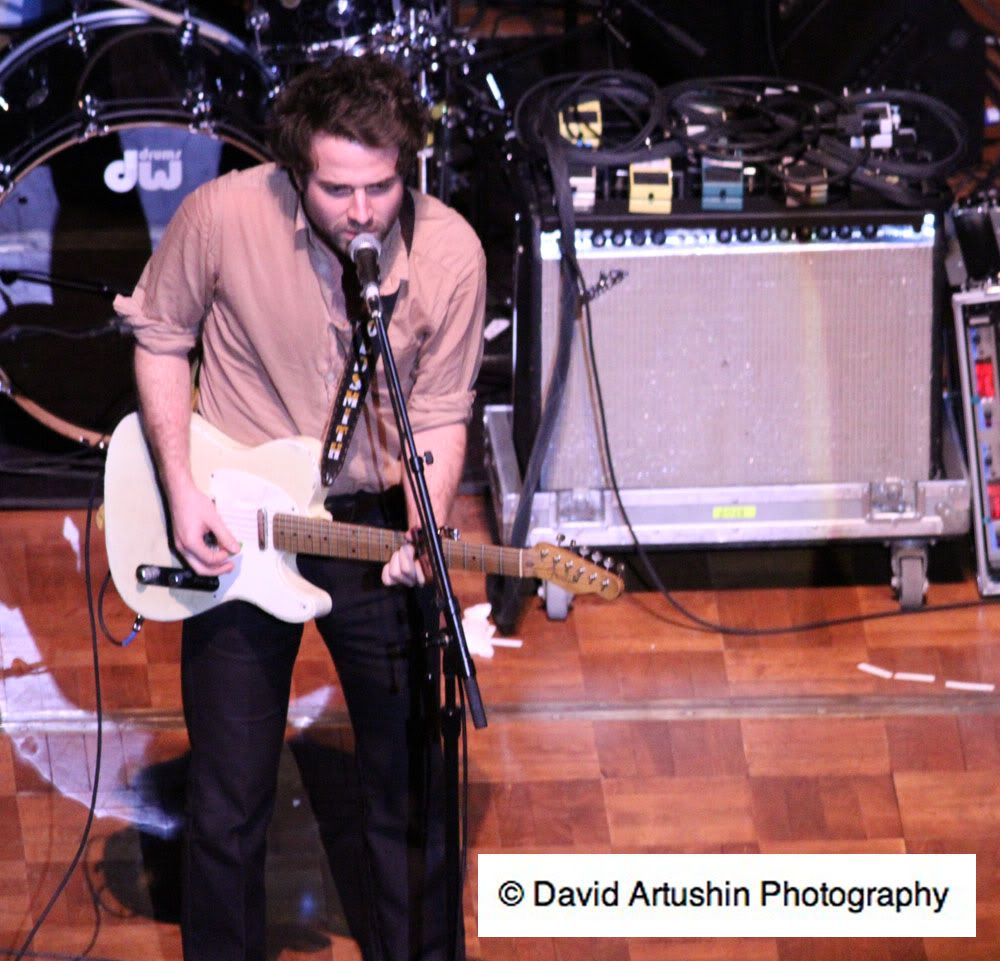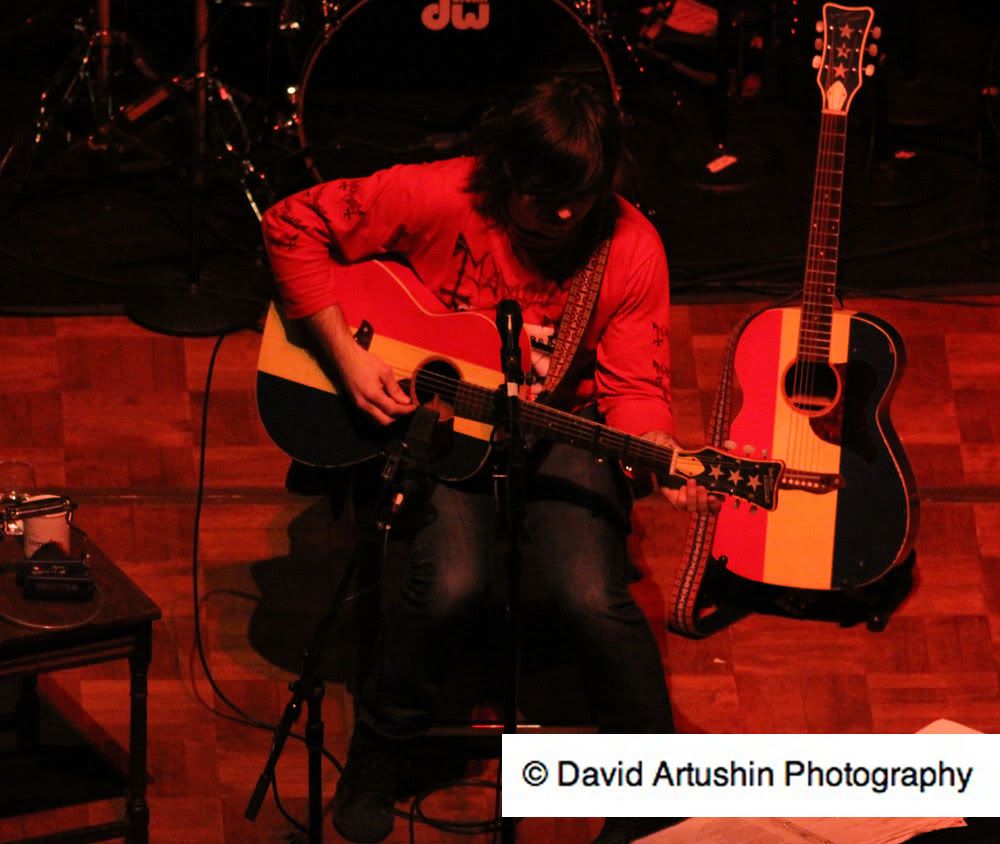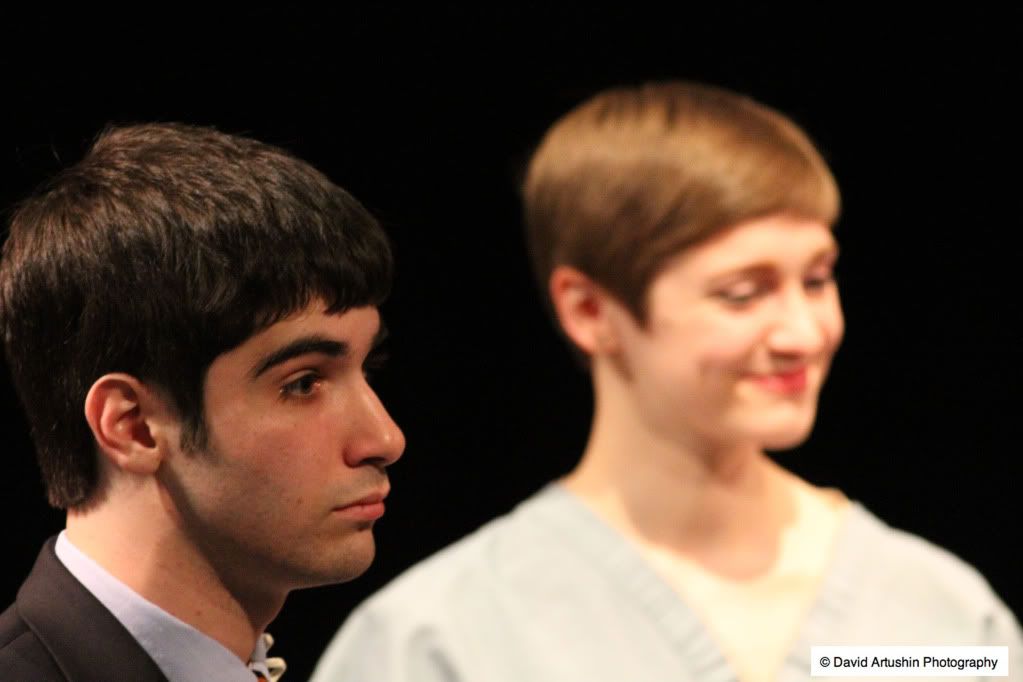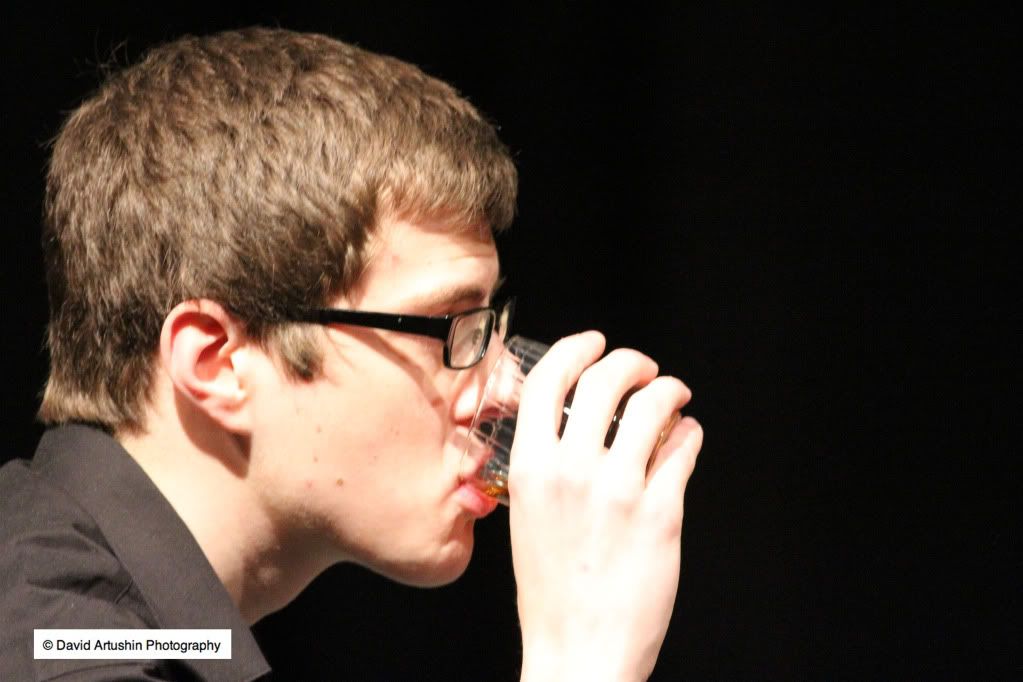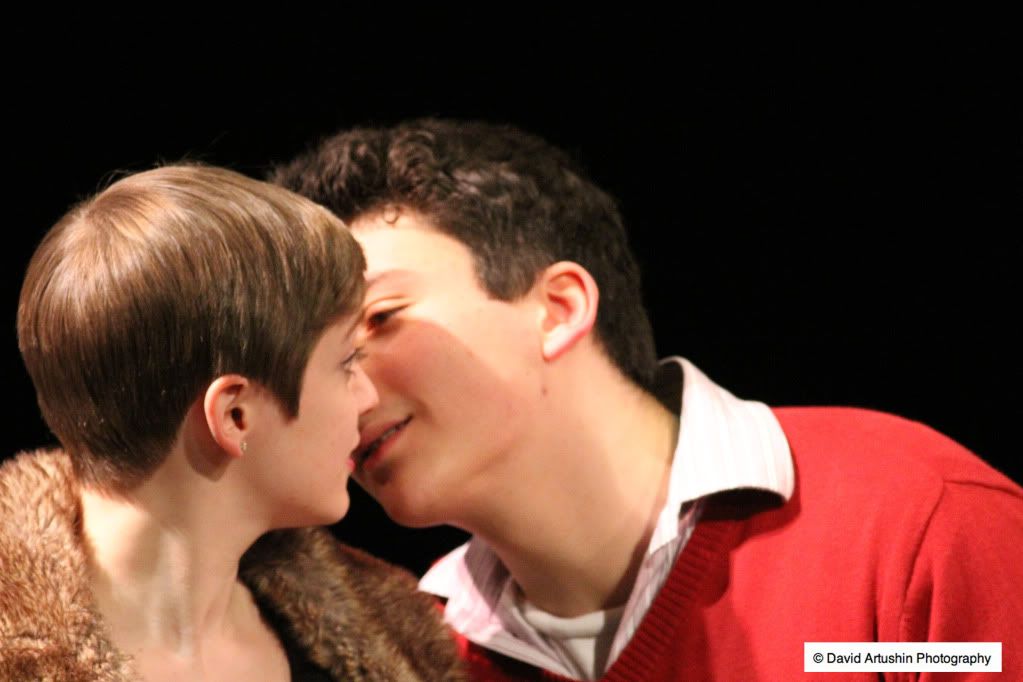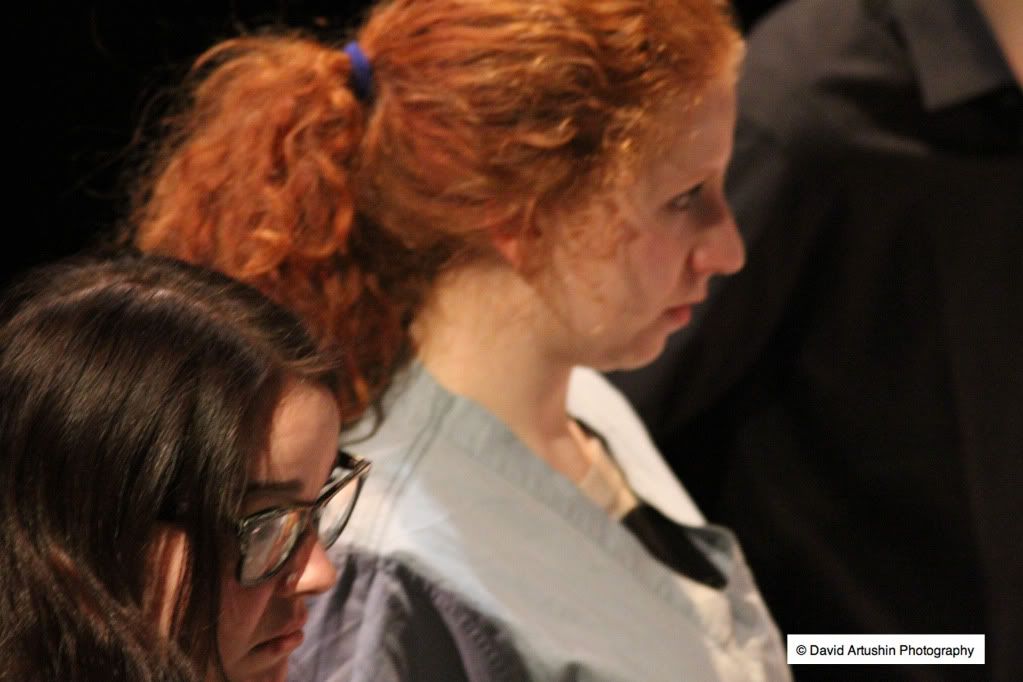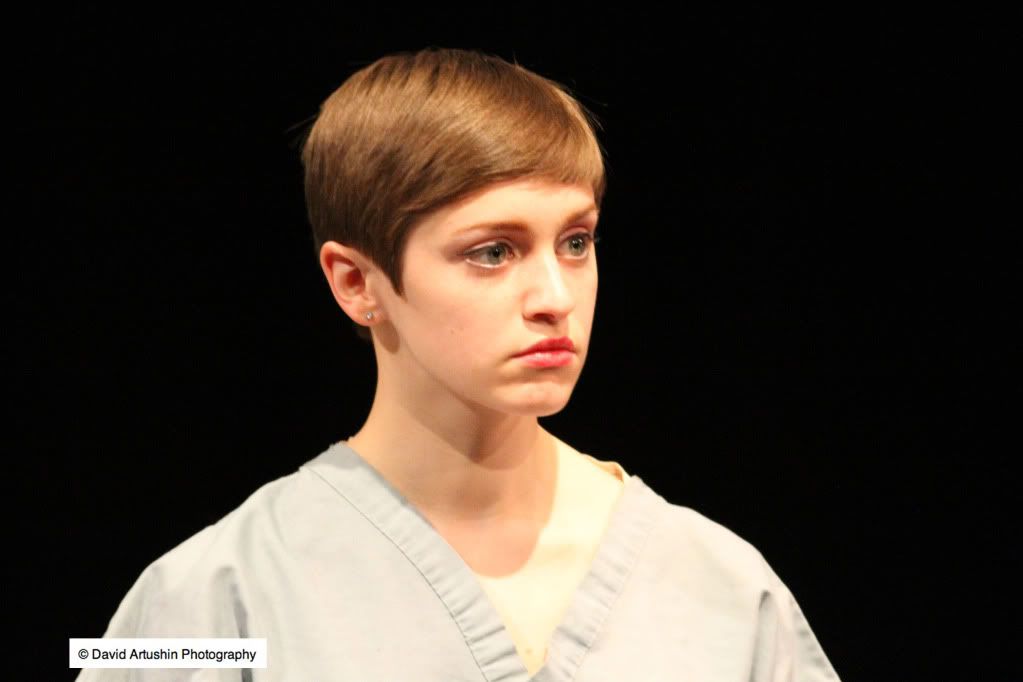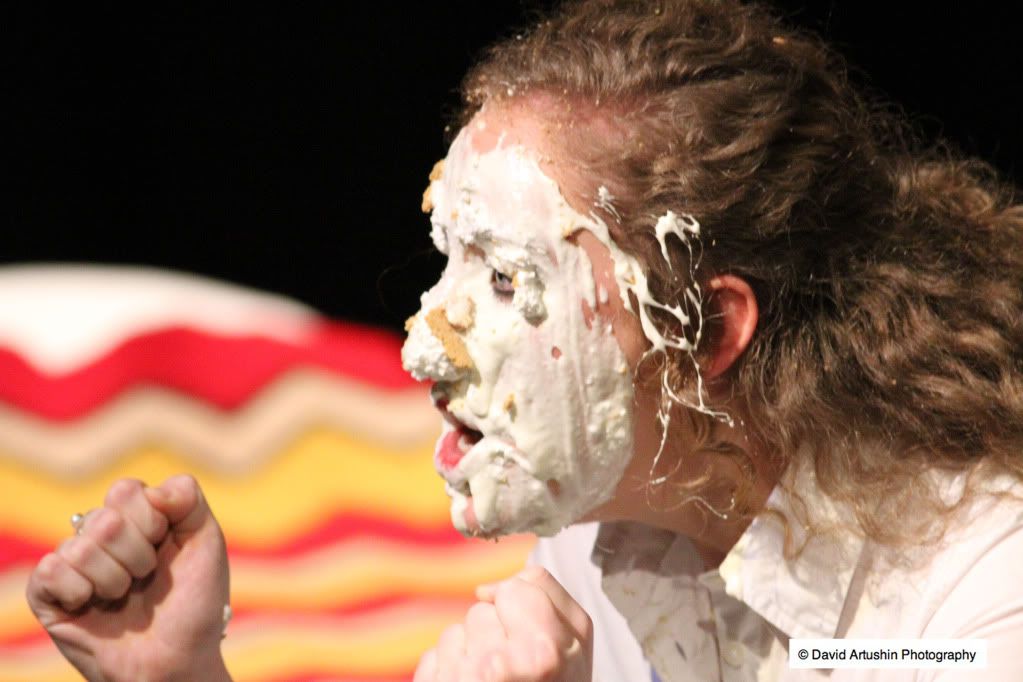Saturday February 11th was the 11th Annual U-M Dance on Camera Film Festival, held at the UMMA Stern Auditorium. The festival featured 7 short dance films created between 2010-11, each incredibly unique in both form and content. Dance Film is an art form I have become very interested in recently, and I was delighted to attend an event centered around dance films. It was a great opportunity for me to gain more exposure to the up-and-coming art form, and I was greatly inspired by the films presented. I would love to embark upon my own dance film project sometime soon!
Dance films are basically short films, most with a narrative, that substitute dialog for dance movement. In some films there are some spoken words, however much of what is communicated is still done through movement. Even the movement of the camera itself, and the movement of the scenes through various editing choices made in the film’s production, also add to the idea of communication through movement. It is a fusion of short film and dance, and it is a unique and challenging project for either dancer/choreographer or film maker to attempt.
My favorite piece presented at the festival on Saturday was called “Labyrinth Within,” a film about 30 minutes long portraying a married couple, a man at his work calling his wife who is at home and does not answer the phone, and a mysterious lover who the wife is portrayed to have had an affair with. The husband goes mad with jealousy and storms into their house with a knife in hand, searching for his wife and her lover, during which time the house takes on a character of its own. The series of pas de deux between the woman and her husband and she and her lover were incredibly beautiful and technically impressive. The push and pull, and intertwining of bodies between the lovers was so intricate and fluid. The dancers in the film are all New York City Ballet principal dancers–it was especially interesting to see stars of American Ballet dancing in a very modern piece on film.
I also really liked “Two Seconds After Laughter,” a short film that tells the story of an Indonesian woman who fell in love with an American man and moved to the US, giving up her big family surrounded by laughter, only to discover that she is unable to have children, leading her to experience a lonely life in America. She finally returns to Indonesia, where she picks up Indonesian traditional dance again, performing for the film, which is set against the beautiful background of the landscape in her homeland. She finds that she no longer feels at home there either, as when she is with her family, in between laughter there is nothing to say. The film was somewhat sporadic, jumping between her telling us her life story in Indonesian with English subtitles, English spoken words, and the use of gesture and breath to break up the “chapters” or sections of the piece.
The other pieces included “Black Train is Coming,” an interesting juxtaposition of hip hop dance against old fashioned, dilapidated backgrounds set to a historical song reminiscent of slave spirituals. “Spring Cleaning,” was a very different short piece that consisted of the “dancing” of the screen itself, using the stop-motion film technique, with little to no dancing of the individual in the film. Each of the pieces presented were very different, but together they gave a pretty complete picture of the possibilities of dance on film.



